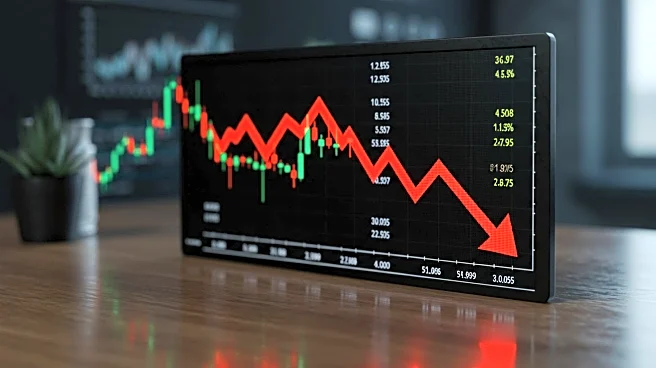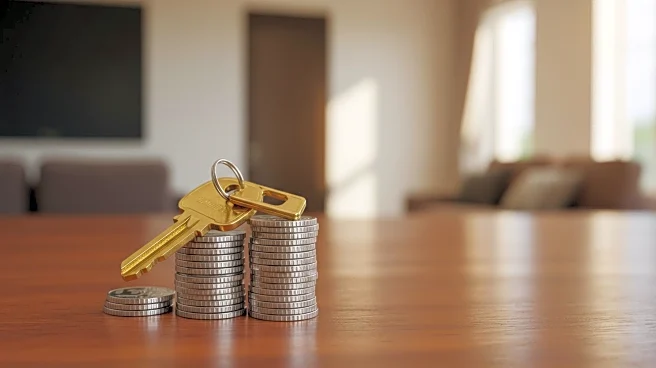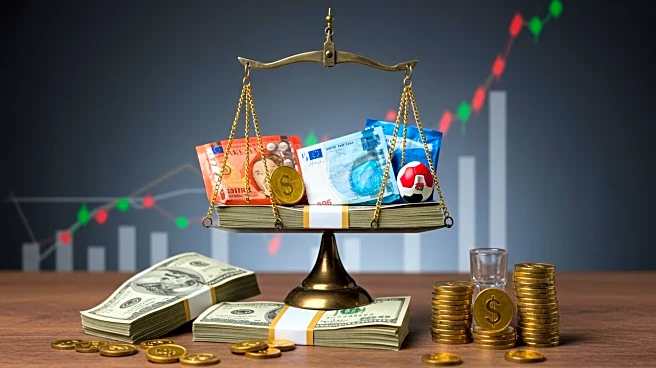What's Happening?
The Producer Price Index (PPI) for construction inputs rose by 0.4% in July, marking the third consecutive month of increases, according to the Associated Builders and Contractors analysis. Nonresidential construction input prices also saw a similar rise, with copper wire and cable prices surging by 4.9% in July and 12.2% year-over-year. Tariffs on materials like aluminum and steel have contributed to these price hikes, impacting contractor margins. Despite these challenges, builders maintain a relatively positive outlook, although higher interest rates and market uncertainty have cooled demand for some private sector projects.
Why It's Important?
The rising costs of construction inputs, driven by tariffs and supply chain issues, pose challenges for the construction industry, potentially squeezing contractor margins and affecting project viability. The increase in input prices could lead to higher costs for construction projects, impacting budgets and timelines. The industry is also facing broader economic pressures, such as inflation and interest rate fluctuations, which could influence future construction spending and investment decisions. Stakeholders in the construction sector may need to adapt to these conditions by exploring cost-saving measures and advocating for policy changes.
What's Next?
The construction industry may see potential relief from interest rate cuts later in the year, which could alleviate borrowing costs and stimulate spending. However, much of the industry's optimism hinges on stabilization in trade policies and tariff structures. Without meaningful changes, the sector may continue to face headwinds through the remainder of 2025. The Federal Reserve's upcoming decision on interest rates will be closely watched, as it could impact inflationary pressures and construction spending.













